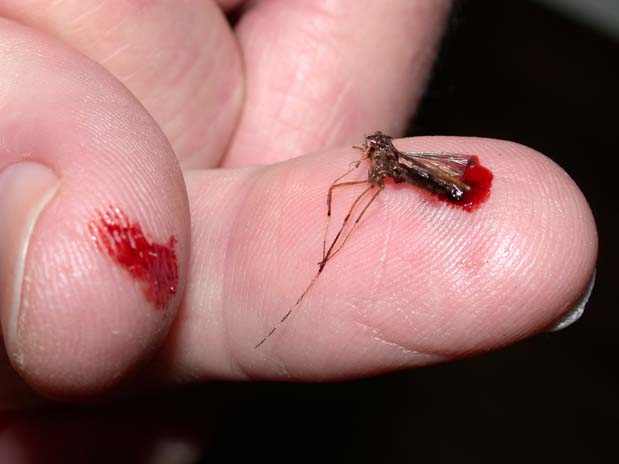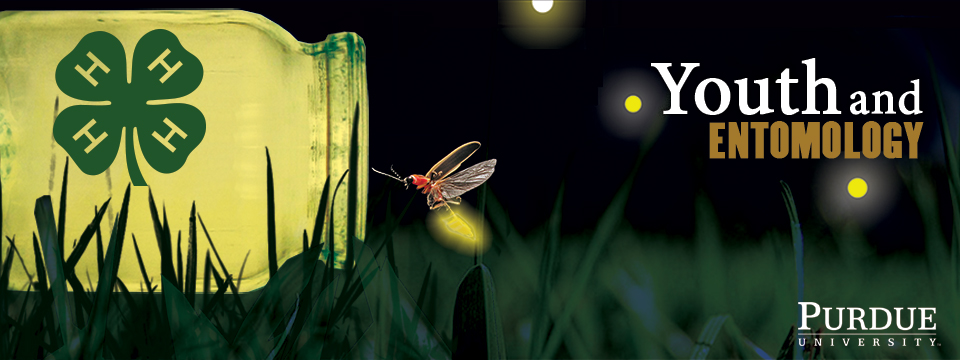

|
|
Mosquito damage
(John Obermeyer, Purdue University) |
|
Common Name: Mosquito - damage
See also: adult | larva Scientific Name: Culicidae: several species Status: serious blood-sucking pest that can transmit diseases Damaging Stage: adult (female) Injury: Adult female mosquitoes can transmit a number of deadly diseases, including malaria, dengue fever, yellow fever, West Nile virus, and encephalitis. Action Threshold: Mosquitoes are common and can seldom be completely avoided. When populations are high or the threat of disease transmission is serious, mosquitoes must be treated. Management: Avoiding mosquito-infested areas at times when they are most active is the best method of managment. If contact is likely, wearing long sleeved shirts and pants is helpful and wearing repellents should be a priority. The best way to reduce mosquito populations is to eliminate their aquatic habitat. This consists of draining all standing water such as; stagnant ponds, ditches, clogged gutters, bird baths, discarded tires, pools, and cans. Non-chemical control methods including mosquito eating fish, Bt, and oil applications are often effective management tools. Pesticides applied to the water are effective but must be used very carefully. Adult mosquito spray or fog treatments should be considered as a last resort and only provide short term control. |
 |
||||||||||||||||
|
|
|||||||||||||||
|
Purdue Extension Entomology, 901 West State Street, West Lafayette, IN 47907 USA, (765) 494-4554 Department of Entomology | College of Agriculture | Extension © Purdue University | An equal access/equal opportunity university | Integrity Statement | Copyright Complaints | Maintained by ENTM IT Trouble with this page? Disability-related accessibility issue? Please contact us at entmwebmaster@purdue.edu so we can help. | ||||||||||||||||
